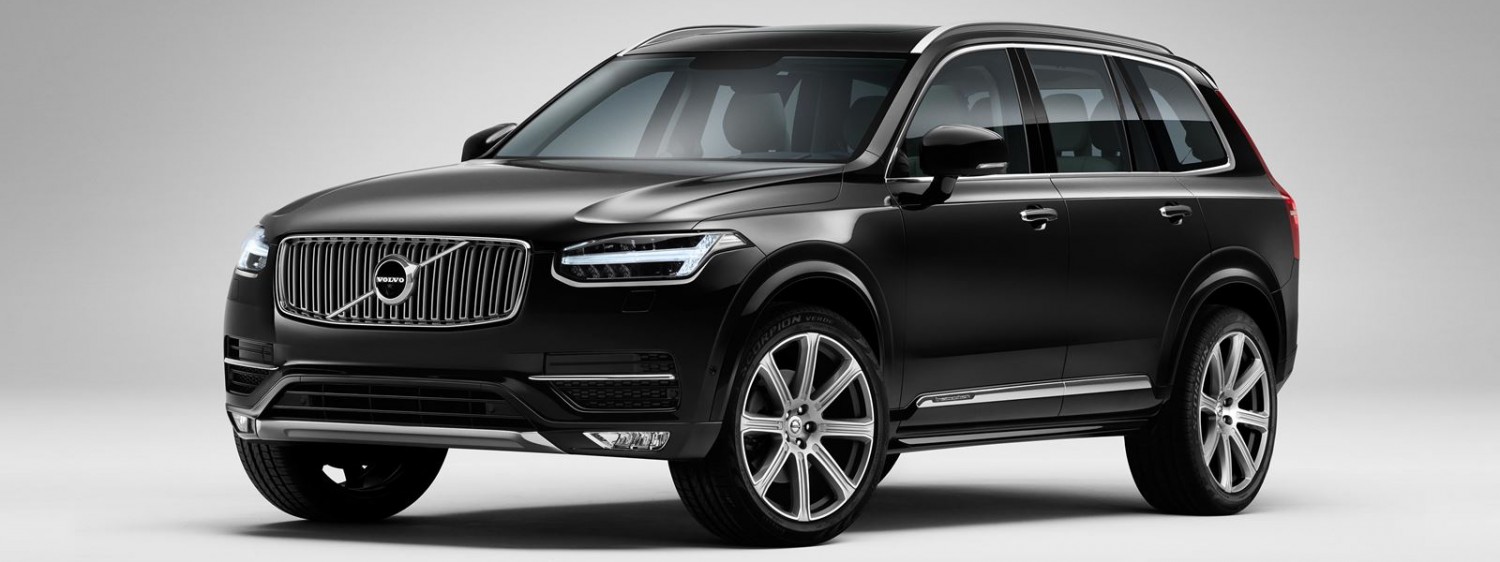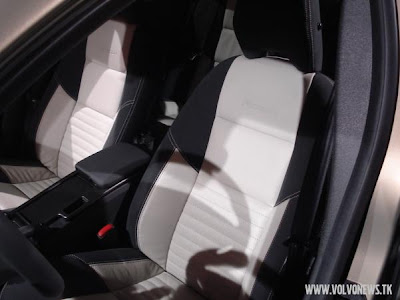Coming this November 3, 2007, the most awaited and one of the world’s ultimate car races will happen – the 2007 DARPA Urban Challenge. There will be different teams who’ll enter their “smart†vehicles on a course that run for 60 miles of unknown territory and is designed to imitate the conditions in urban driving, with the goal of posting the fastest time while observing traffic regulations.
This event will require participating vehicles to blend through traffic, cross roundabouts and make their way into busy intersections. Drivers are not permitted as computers will be the one to take control over driving and navigation. This 2007 Urban Challenge will have as their participant the customized Volkswagen’ Passat which was made by the Volkswagen research department and its California-based Electronic Research Laboratory (ERL) with Stanford University assisting them.
This Passat “Junior,†which was named after the founder of Stanford University Leland Stanford Jnr., is fitted with mostly electrically-powered parts – electromechanical power steering, an electric accelerator pedal, a Direct Shift Gearbox(DSG) and an electric hand brake. Volkswagen of America’s ERL team changed these electric systems and the brakes to make the vehicle 100% computer-controlled. Customized mountings for the array of sophisticated sensors were also designed and built by the ERL. The Volkswagen Passat’s “brain†is made up of Intel Core Duo Processors featuring two multiple-processing units per chip. This vehicle will be genuinely autonomous together with the software developed by the Artificial Intelligence Laboratory at Staford University.
“After our victory at the last DARPA Grand Challenge, Volkswagen is excited to join the 2007 DARPA Urban Challenge. We see an opportunity to further advance intelligent technologies for use in passenger vehicles of the future. The features developed for the Urban Challenge will ultimately make driving safer and more enjoyable in today’s increasingly dense trafficâ€, said Dr. Burkhard Huhnke, head of Volkswagen’s Electronic Research Laboratory. “In the fuel-efficient diesel-powered Passat we have the perfect car for this challenge, just as our Touareg ‘Stanley’ was for its 2005 Grand Challenge triumph,†he further explained.
It could be remembered that in 2005 Volkswagen won the 2005 DARPA Grand Challenge with their Toureg TDI which they named Stanley. Stanley was able to defeat 22 other unmanned vehicles in a 132-mile championship racing in rough desert roads, mountain passes, dried-up lakes and tunnels with the use of on-board sensors and navigation system. Stanley was able to complete the race in a span of six hours and 54 minutes without a single defect.












 The race is on to find the "holy grail" of
The race is on to find the "holy grail" of